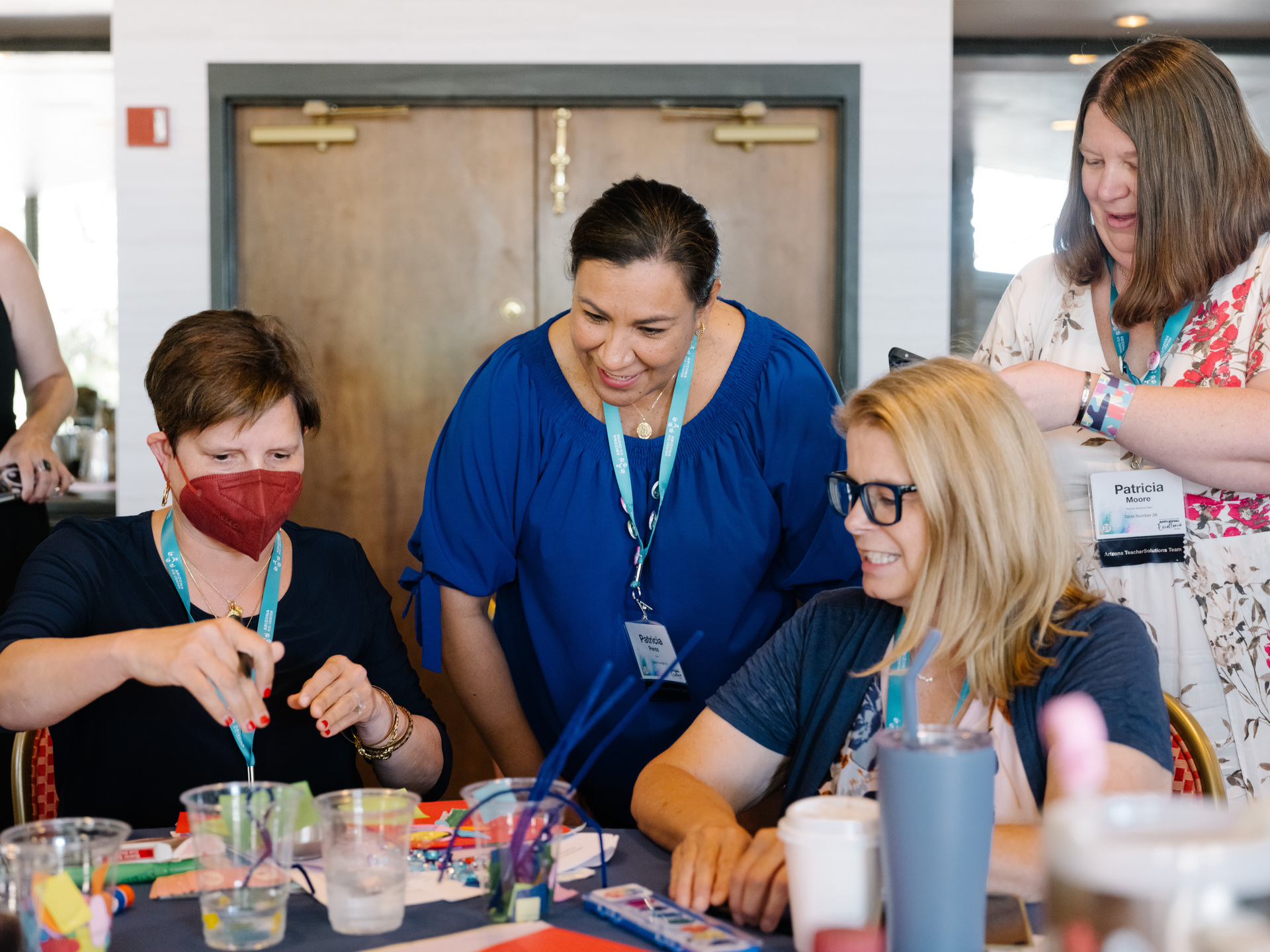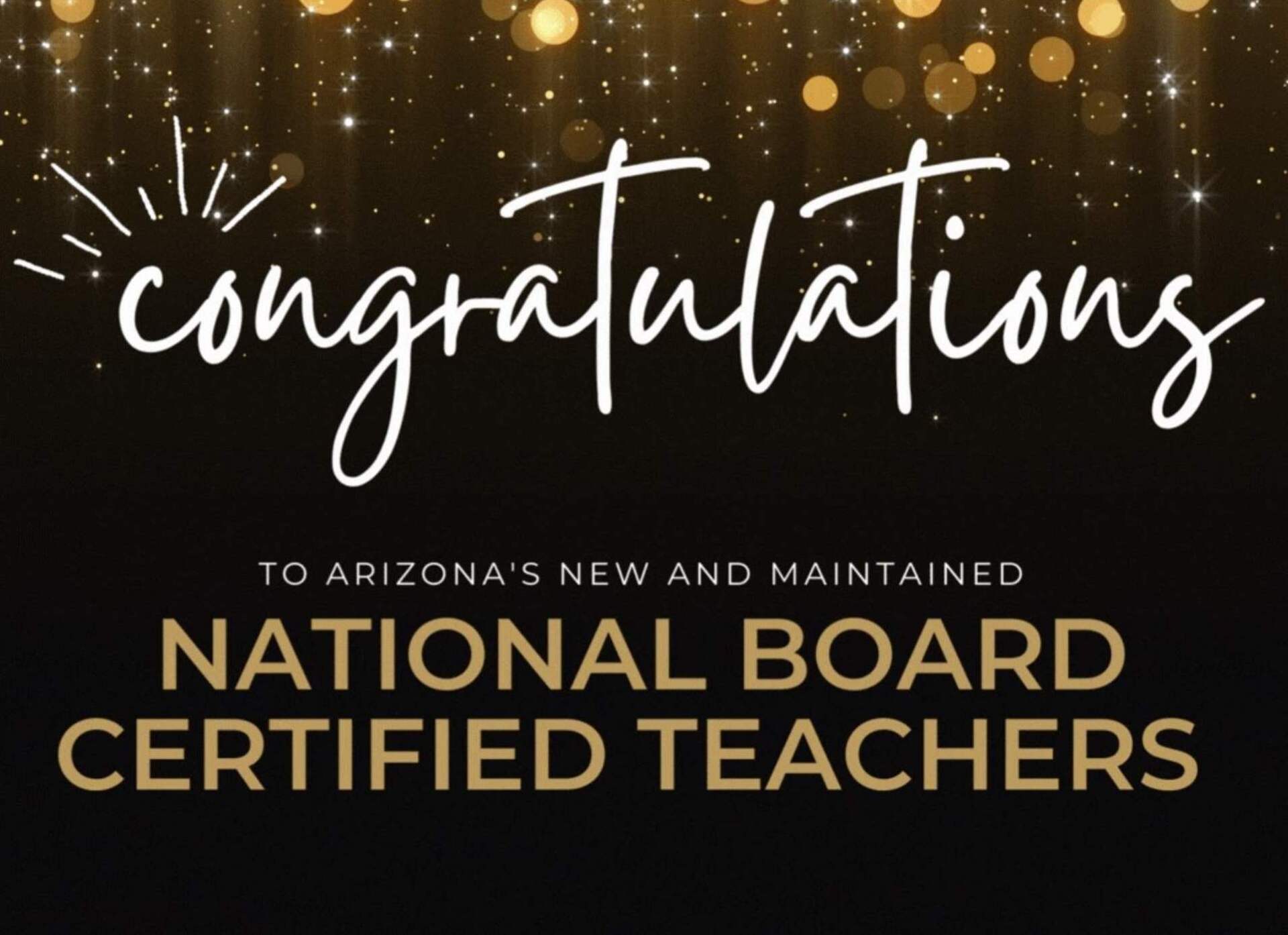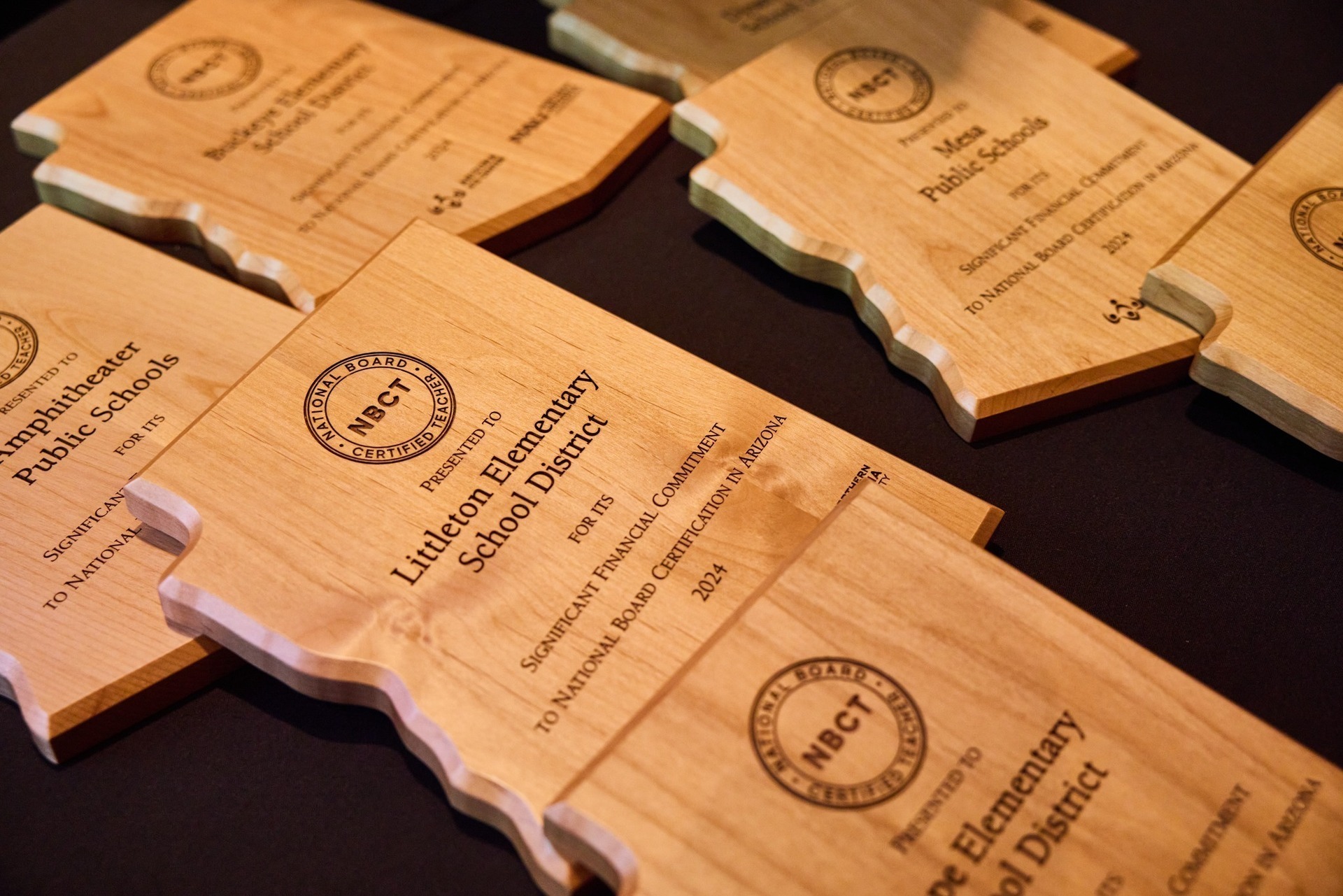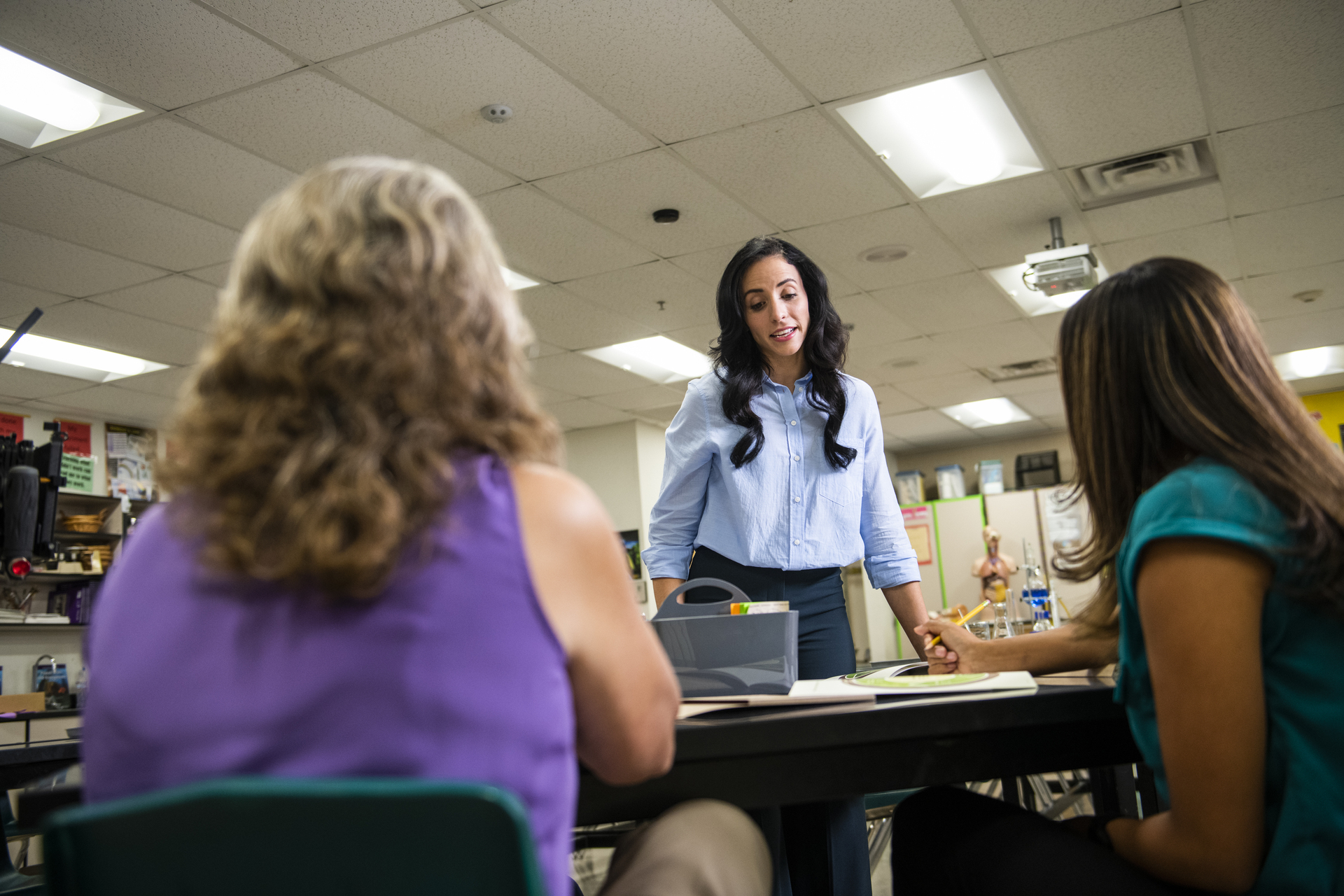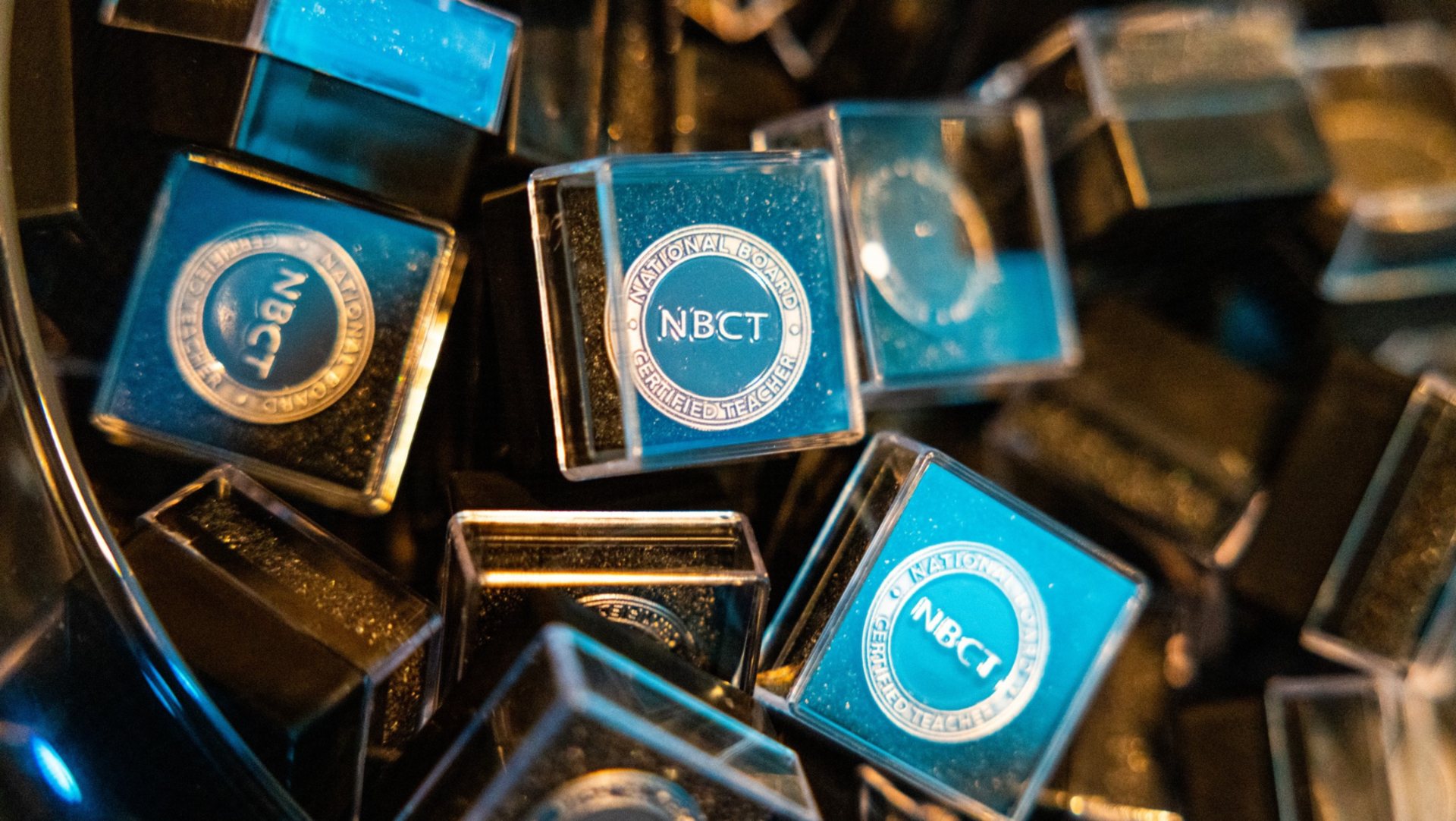April 18, 2018
Incorporating Service Learning into the Classroom
Students have two hands: one to hold a pencil, the second to help others.
Service learning is a mashup between elements of community service and classroom instruction. The goal is to connect students with the school and community. We need to take our kiddos out of the classroom and place them in environments where they can also make a difference while learning.
How do we ignite this fire in our students? How do we ensure that students are not just performing menial tasks? How do we guarantee a positive experience?
1. Learn the content.
The service must be tied to academic standards. The best service learning experiences are ones that are applicable across different areas of study. These connections deepen the impact of student learning and also help individuals recognize that different subjects are interrelated. Students construct knowledge, which broadens their understanding of the world. Need another reason to integrate service learning? Take a peek at the Next Generation Science Standards.
NGSS – 5-PS1-4. Conduct an investigation to determine whether the mixing of two or more substances results in new substances.
Example: Students learn the properties of matter in science class. This includes being able to determine whether or not a new substance has been created when different substances are combined. Does the reaction release heat? Does it change color? Etc.
2. Lend a hand and make a difference.
The service must help others in the community, and it must be impactful. Community service helps young people acquire the skills, ability, and knowledge to make a positive impact on society. This is an opportunity for students to leave a mark on the local (maybe even global) community. Service learning also gives students the chance to advocate for issues and topics they’re interested in, teaching them that there are things that are in their locus of control. Service learning is work done by students to cause political, environmental, economic, or social change around them.
Example: Learners put together a fundraising activity to put together different dry goods to create customized cookie mixes. Ingredients are stacked in a mason jar with instructions of how to combine and bake them with a few additional items to create delicious cookies (a new substance from mixing two or more other substances and the addition of heat). Students use the money from the fundraising event to donate to a local food bank.
3. Reflect.
The service must force students to reflect on who they are and what they’re doing. In order for service learning to be impactful, there must be dedicated time and space for individuals to examine the experience to gain new understanding. Volunteering and doing good work increases overall satisfaction and helps students feel good about themselves. Our students will become more compassionate and understanding.
The positive effects of service learning are endless and long-lasting:
- More student engagement
- Increased interpersonal skills
- Diversity awareness
Service learning requires prepping in advance and consideration of a some very special issues. With thoughtful planning, any content area teacher can execute service learning experiences with students. So, what are you waiting for?


